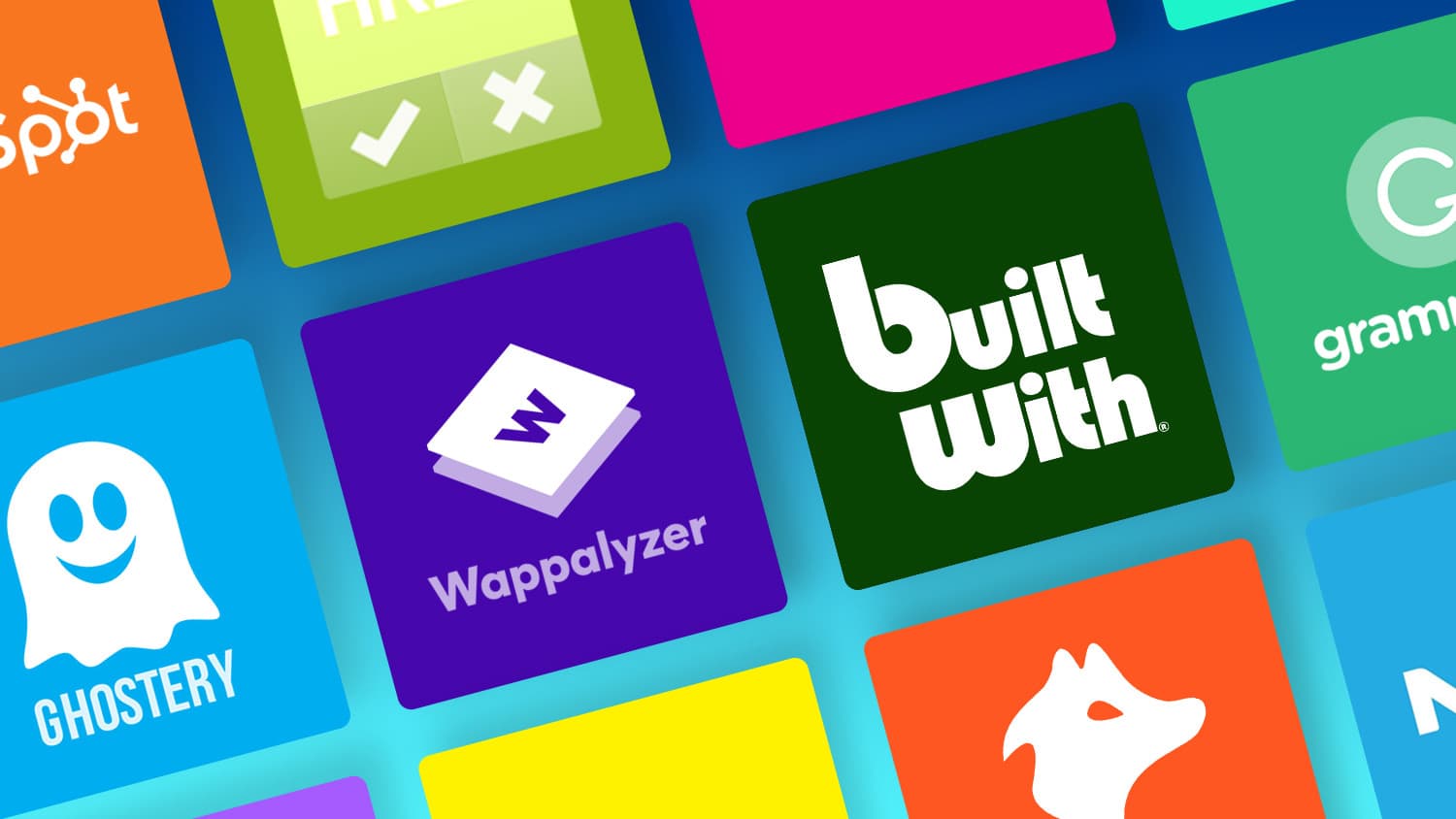How Your ASO Strategy Can Work Alongside SEO
Last updated on May 16, 2023 by Dave Bell 9 min readTable of Contents
ToggleIntroduction
App Store Optimization (ASO) and Search Engine Optimization (SEO) might sound like two sides of the same coin, but don’t be fooled.
While they share some similarities, the two are very different and work to attract an entirely different set of users.
Put simply, SEO is for optimizing web pages to drive in new users, while ASO is used within an app store for the same purpose.
However, just because they’re different doesn’t mean they can’t work together.
Apps can miss out on a staggering amount of traffic without a Search Engine Optimized (SEO) web presence.
In fact, a study by Google shows that up to 51% of app discoverability comes from having an optimized web presence.
This isn’t to diminish the power of a strong App Store Optimization (ASO) strategy, though.
Indeed, without proper ASO, potential users who find an app through a web search are more likely to click away without downloading.
This is why combining an ASO and SEO strategy is important and will lead to a significant increase in visibility and downloads.
ASO Best Practices
ASO is what drives users to tap the install button from within an app store.
This is why the metadata and visual assets you choose are so crucial.
When you’re trying to reach high rankings, the keywords you use and how you optimize them play a huge role in visibility.
In the Apple App Store, the metadata that can be optimized includes the title, subtitle, keyword bank, and description.
Each plays a role in the conversion process and serves to let users know what the app is about and how to find it.
Titles
The title and subtitle need to be short and focus on the app’s core features.
If there is extra space, sneaking in a keyword is a great way to help let potential users know what the app is about.
This is especially true for games, such as match 3 apps.
Description
The description has 4,000 characters to call out the features of an app and dive into what the user can expect, even though most apps don’t come anywhere near filling up this space.
It should be formatted in such a way that it’s both persuasive and enticing, yet easy to read at a glance.
Remember:
This area is what really sells the app!
If it fails to be properly formatted and if it lacks important information, potential users will surely skip over it.
iOS Keywords
The next section of metadata for the Apple App Store is the keyword bank.
You have 100 characters, including commas, to target whatever keywords you think will best fit your app.
These should be both relevant and high volume to help the right users find your app.
Think about your core features and what terms users are searching for when picking keywords.
App Icons
The first visual asset that users see when they search within an app store is the icon.
This means they can make or break an app’s conversion.
When picking an icon, look at other apps within the same category and make sure that icon manages to convey what your app is about.
It’s also good to A/B test your icons so as to find the best one.
Screenshots and Preview Videos
The final pieces that turn an app store visit into a conversion are the screenshots and preview video.
They are the visual aspects of your ASO strategy and should be used to show off what the app looks like, as well as call out important features.
The preview video automatically plays as a user scrolls, so the first few seconds are critical!
Most of this also applies to the Google Play Store, with a few exceptions:
There are no preview videos and instead of a subtitle, you have a short description.
The short description is a bit longer than the subtitle on Apple but should still be used in the same way.
Making sure your ASO strategy follows these best practices will ensure an increase in visibility and more downloads.
However, optimizing your app in the app stores is not the only way to help bring success to your app.
Getting Started with SEO
Search Engine Optimization focuses on your website.
You create a place for both new and loyal users to find information about your app and/or company, as well as to provide added value.
There are many different ways to go about optimizing your web presence with SEO, but the first step should be to create a website with landing pages and start to target specific keywords you want to show up for in the search.
These terms must be both relevant and something your audience is searching for.
If you do not choose your keywords wisely, Google won’t know how to serve your page to the right audience.
This is why doing your research on keywords and content structure is crucial.
You’ll also have fewer limitations on the format of your website since you’ll be creating it yourself.
Ranking for Keywords
The question that many developers want to ask when it comes to adding SEO to their strategy is how to start ranking on Google.
This is where keyword research comes into play.
You can look to competitors for terms you might want to rank for, check Google “also searched for” results, and use one of the many keyword tools that provide information on specific words such as Semrush (14-Day Free Trial) or Ahrefs Keyword Explorer.
When it comes to determining whether or not a keyword is high-volume, there are a few tools that you can use.
Moz’s free Keyword Explorer is a great place to start, as is the Keywords Everywhere chrome extension.
While neither of these are perfect, they will still give you a great resource to get started.
The number of keywords you research really depends on your industry, how much time and effort you plan to put into the website, and how many important keywords you can find.
You should find at least 1 high-volume keyword for each of your core features, as well as any other important industry terms.
Once you’ve found the options that work best for you, you’ll want to create an optimized page for each keyword with written content.
This content should stay focused and use the keyword as much as possible without it feeling too “stuffed.”
Remember:
While the keyword itself is important, Google will share less optimized content as long as it provides useful information to anyone who may land on the page.
Landing Pages
If you’re not a web designer or you don’t have the money to hire one, you may be wondering about how much of an investment creating an SEO-friendly website will be.
Creating a full website will take time and it will need to be constantly updated.
However, you don’t need to have a full website to take advantage of the benefits of SEO.
A landing page, or one-page website, is exactly what it sounds like:
It’s a single page for users to “land” on when coming from a search engine, social media, or directly by typing in the website.
Landing pages usually give users information about the topic – in this case, an app – as well as detailed information on the mechanics.
It’s also a great place to show off screenshots and videos from the app, and any extras you think the users may find value in.
The content on this page should be refined to target one main keyword and usually a second or third less relevant one.
Blog
A blog is another great option to start indexing on Google for specific keywords.
A few free options to get started are Blogspot and WordPress.
Eventually, though, you’ll want to look into getting your own domain.
The reason why a blog is such a powerful tool is that Google considers blogs “moving content,” that is, a website that is being constantly updated.
By posting a few blog posts a week that each target different keywords, Google will start to pick the website up and see what other content you might have that it hasn’t yet found.
With a blog, it’s important to stay consistent and to always provide high-quality content.
Website
Finally, a full website will encompass both a blog and landing pages, providing the best possible results, assuming you’re able to keep it optimized.
A full website allows you to combine landing pages, informational pages (such as FAQs, an About page, or a Contact page), and blog posts with important keywords to create a powerful web presence.
Having a full website also allows you to target different groups of users, which is a lot harder with just a blog or a standalone landing page.
No matter which type of web presence you decide is right for you, don’t forget that it’s important to provide users with a way to interact with you and give feedback on your app!
Advanced SEO
While this article is meant to point out the basics of SEO and ASO and how they work together, there are a few advanced SEO techniques that you should look into once you establish a web presence!
Check them out now!
Backlinking
Having websites link back to your page shows Google that the content you provide is useful.
This is especially true if the site linking to you has a high Domain Authority or online influence.
There are many different strategies to acquire links, so doing some research and having a plan is important.
SEO Metadata
Optimizing your website’s metadata takes time and a bit of programming knowledge.
The two main pieces of metadata that are important to start with are your page’s Titles and Descriptions.
Once you have those two nailed down, making sure you have optimized image alt tags is the next step.
Rich Search Results
Have you ever performed a Google search only to find that you don’t have to click to get the answer to your question?
Often times, this is done through implementing Rich Search Results on your website.
The most common of these is providing information about the company, such as address, phone number, or website, but it’s not limited to just that.
Google also provides ways to showcase important blog posts, directly answer a user’s question, and even showcase upcoming events.
ASO and SEO Working Together
Now that you know the basics of ASO and SEO, you’ll probably start to understand how they can work together, and why they are both important for mobile app marketing.
Either strategy without the other will have some impact, but you’ll be limiting the visibility of your app.
By paying close attention to your content, keywords, and visual assets while planning your website and your app store metadata, you’ll be able to succeed!
It doesn’t matter if you choose to go all-in with a full website or just get started with a landing page:
By optimizing your web presence, you’ll be able to start attracting the additional 51% of users who are not searching directly on an app store.
When a user lands on your page, they’ll be greeted with an abundance of relevant information and they’ll therefore be more likely to follow the download link where they will be met with optimized metadata and visual assets to close the deal.
See Also:

Dave Bell
CEO at Gummicube, Inc
Dave Bell is a cool kid and the proud Co-Founder and Chief Executive Officer of Gummicube. Indeed, this SEO master oversees the business strategy for the company, driving growth and market development like a pro! A pioneer of the competitive mobile entertainment industry, Dave creates amazing articles that are worth your time! Ready? Check Dave’s remarkable SEO posts right now!
Check these wicked SEO first steps for new webmasters and create a super profitable website like a master who earns money faster!
These SEO Chrome extensions to make your work easier are gonna be everything you'll ever need to make your SEO game become the best of all time!
Understand why you shouldn't buy backlinks for your SEO efforts with none other than Nathan Gotch, a true SEO master who knows everything about the game!










